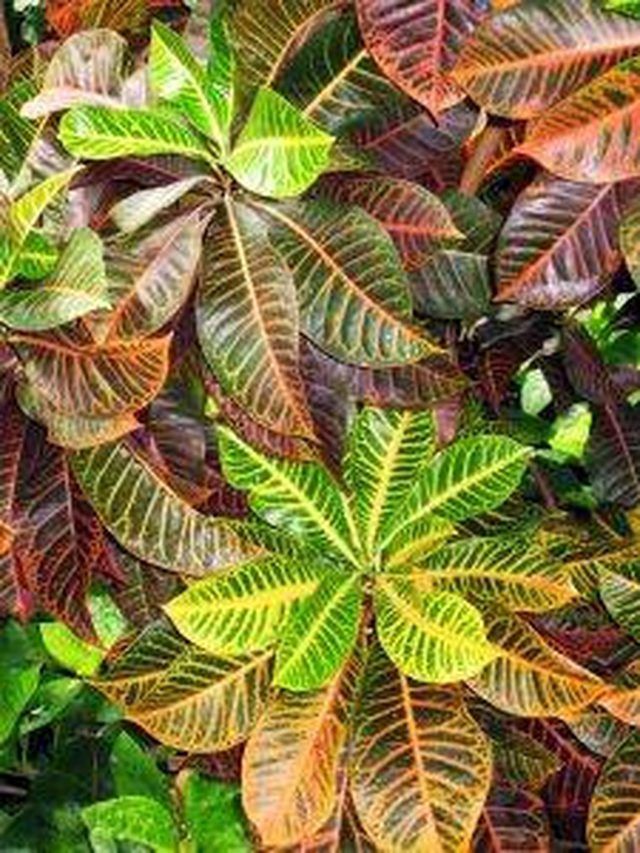Bulbs
Flower Basics
Flower Beds & Specialty Gardens
Flower Garden
Garden Furniture
Garden Gnomes
Garden Seeds
Garden Sheds
Garden Statues
Garden Tools & Supplies
Gardening Basics
Green & Organic
Groundcovers & Vines
Growing Annuals
Growing Basil
Growing Beans
Growing Berries
Growing Blueberries
Growing Cactus
Growing Corn
Growing Cotton
Growing Edibles
Growing Flowers
Growing Garlic
Growing Grapes
Growing Grass
Growing Herbs
Growing Jasmine
Growing Mint
Growing Mushrooms
Orchids
Growing Peanuts
Growing Perennials
Growing Plants
Growing Rosemary
Growing Roses
Growing Strawberries
Growing Sunflowers
Growing Thyme
Growing Tomatoes
Growing Tulips
Growing Vegetables
Herb Basics
Herb Garden
Indoor Growing
Landscaping Basics
Landscaping Patios
Landscaping Plants
Landscaping Shrubs
Landscaping Trees
Landscaping Walks & Pathways
Lawn Basics
Lawn Maintenance
Lawn Mowers
Lawn Ornaments
Lawn Planting
Lawn Tools
Outdoor Growing
Overall Landscape Planning
Pests, Weeds & Problems
Plant Basics
Rock Garden
Rose Garden
Shrubs
Soil
Specialty Gardens
Trees
Vegetable Garden
Yard Maintenance
How to Take Care of Tropical Plants
How to Take Care of Tropical Plants. Tropical plants, with their large showy leaves and ability to thrive in the home environment, are ideal for creating an atmosphere of lush healthy growth. Although the mention of tropical plants may evoke an image of exotic-looking plants that require intensive care, most houseplants like spider plants,...

Tropical plants, with their large showy leaves and ability to thrive in the home environment, are ideal for creating an atmosphere of lush healthy growth. Although the mention of tropical plants may evoke an image of exotic-looking plants that require intensive care, most houseplants like spider plants, orchids and peace lilies actually originated in tropical and subtropical areas. These plants thrive in the home environment, if you give a little attention to meeting their lighting requirements and increase the humidity level in the growing area.
Things You'll Need
Pebble tray
Mister
Humidifier (optional)
Clay pots
Water-soluble fertilizer
All-purpose potting soil
Perlite
Choose lighting with care. Although tropical plants may grow in rain forests and warm climates, most do not require direct sunlight for long periods of the day. Most actually live in the understory or on the forest floor and thrive in filtered light. Check the lighting requirements on the plant identification tag and match it as closely as possible.
Maintain humidity of 80 percent. Humidity in the average home ranges from 20 to 60 percent. Increase the humidity level by running a humidifier near your plants or by placing them on pebble trays with an inch or two of water. Misting also increases humidity.
Provide well-drained soil in porous pots. Clay or terracotta pots are ideal. Plastic or glazed pots hold in moisture, which can cause root rot. Mix equal parts of all-purpose potting soil and perlite to create a lightweight soil. Check the pot for proper drainage.
Fertilize once a month with water-soluble fertilizer designed for houseplants, to encourage lush growth and healthy plants.
Water when the soil dries slightly. Water until water runs freely through the bottom of the pot. Avoid soggy soil as this encourages disease.
Trim vining plants to revive them and to create a bushy plant. If left too long without trimming, the vines will begin to grow longer with larger spaces between the leaves. Trimming encourages leaf growth and creates a lush plant.
Change the soil periodically to prevent nutrients from leaching from the soil. Even if the plant does not require a larger pot, changing the soil once or twice a year will give it a boost in growth.